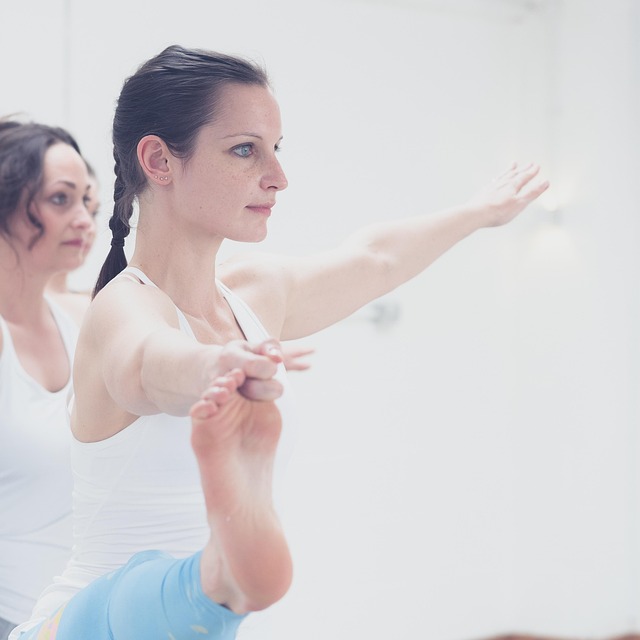When it comes to photography, mastering white balance is akin to unlocking a hidden door to breathtaking imagery. The subtle influence of white balance can drastically alter the mood and storytelling of your photos. Imagine capturing a sun-kissed landscape at golden hour, where the hues are saturated and alive. Now, envision taking the same scene under fluorescent lights, where colors become muted and harsh. This is the power of white balance.
White balance, fundamentally, is a setting used in photography to ensure that the colors in your images look as natural as they do in real life. Cameras read light from the surroundings, and depending on the light source—whether it’s incandescent, fluorescent, or daylight—the colors can shift dramatically. This is where understanding optics and light becomes crucial. Each type of light has a specific temperature measured in kelvins (K). By adjusting your camera’s white balance settings, you’re not just correcting color casts; you’re bringing your images closer to the reality of what your eyes see.
In the realm of photography, many photographers default to automatic white balance (AWB), which can seem convenient. However, exploring the manual settings opens a world of creativity. For instance, if you want to create a warm, inviting feel in a sunset photograph, you might set your white balance to a lower temperature. Conversely, if you’re shooting in a shadowed area, a higher setting can help compensate for the cool tones, enhancing the vibrancy of your image.
Your camera is a powerful tool, but understanding its settings unlocks its full potential. Take the time to experiment with different white balance settings as you shoot. For example, when photographing a landscape, switch between the daylight and cloudy presets to see how they alter the image. You might discover that the cloudy setting adds a richness to the greens and blues, elevating the overall composition.
Furthermore, the concept of white balance extends beyond your camera settings. In post-processing, tools like Adobe Lightroom or Photoshop allow you to adjust white balance sliders to refine your images further. Here, you can tweak the temperature and tint, making your photos not just accurate representations of the scene, but emotional captures of the moment.
Photography is a deeply personal journey, and mastering white balance is part of that exploration. Each click of the shutter is an opportunity to express your feelings, to convey a story, or to evoke a memory. By understanding how white balance influences your images, you can engineer the emotional landscape of your photography—whether it’s the warmth of a smile, the chill of a winter scene, or the fresh vibrancy of spring blooms.
Incorporating thoughtful white balance adjustments into your photography routine can yield stunning results. So grab your camera, explore different light conditions, and let each frame tell a more authentic story, painted with the hues that reflect your artistic vision.



